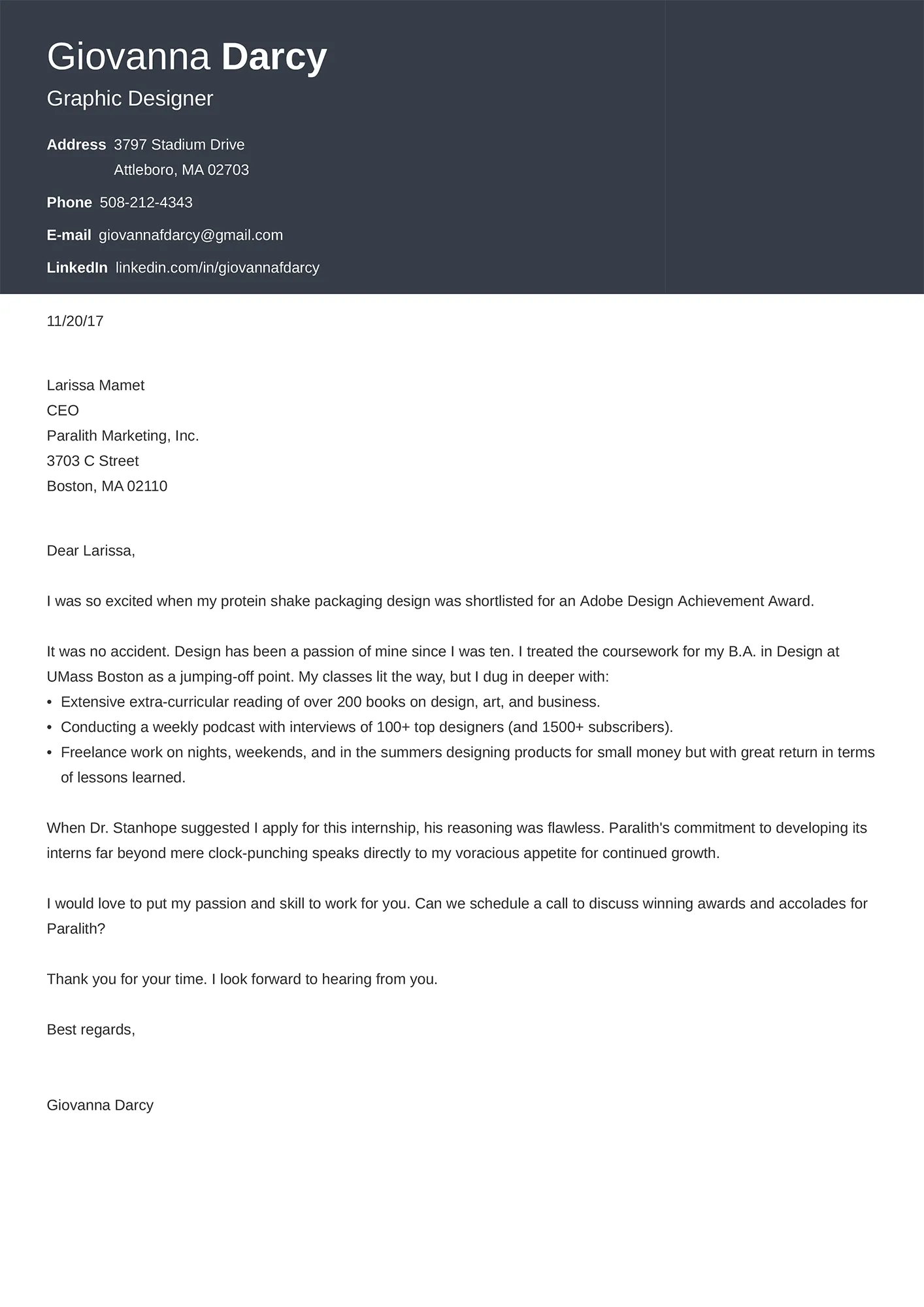Crafting a Winning Cover Letter
A well-crafted cover letter is your first opportunity to make a strong impression on a potential employer. It serves as a crucial introduction, complementing your resume by providing context, highlighting your skills, and demonstrating your enthusiasm for the specific role. Mastering the art of writing a compelling cover letter can significantly increase your chances of landing an interview and ultimately, securing your dream job. It’s not just a formality; it’s a strategic tool to showcase your personality and qualifications.
Understanding the Importance of a Cover Letter
A cover letter provides the space to personalize your application and connect your experience with the job’s requirements. While a resume lists your qualifications, a cover letter explains why you are the perfect fit. It allows you to elaborate on your achievements, demonstrate your understanding of the company, and express your genuine interest in the position. Ignoring this important step can lead to your application being overlooked, even if your qualifications are strong.
Highlighting Your Skills and Experiences
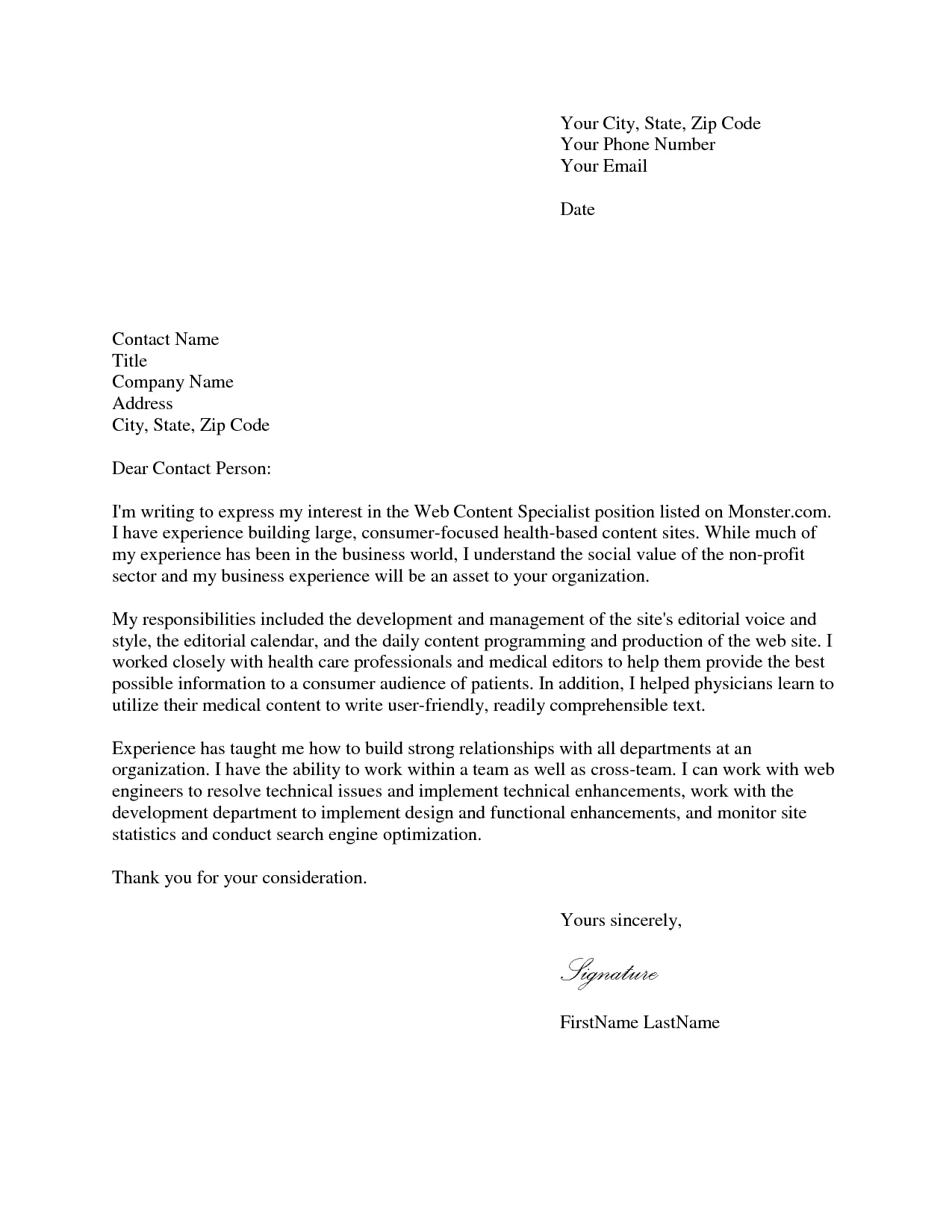
When writing a cover letter, it’s essential to connect your skills and experiences to the specific requirements of the job. Analyze the job description carefully and identify the key skills and qualifications the employer is seeking. Then, provide concrete examples from your past experiences to illustrate how you have demonstrated these skills. This is where you can showcase how you have successfully used your skills in previous roles, using quantifiable results to demonstrate your impact. The goal is to show, not just tell, what you can bring to the company.
Cover Letter Examples by Industry
The best cover letter examples are those tailored to specific industries. Cover letters for marketing, finance, and IT each have unique characteristics. Tailoring your letter shows the hiring manager that you understand the industry and the role. A one-size-fits-all cover letter is unlikely to impress, so research different examples within your chosen industry.
Cover Letter Examples for Marketing
Marketing cover letters should highlight creativity, communication skills, and data analysis capabilities. Demonstrate your ability to drive results with examples from your previous projects. Emphasize your understanding of marketing trends, your proficiency with marketing tools, and your ability to develop successful campaigns. Use compelling language that showcases your passion for marketing and your ability to generate leads and increase brand awareness. Provide concrete examples of your previous successes.
Cover Letter Examples for Finance
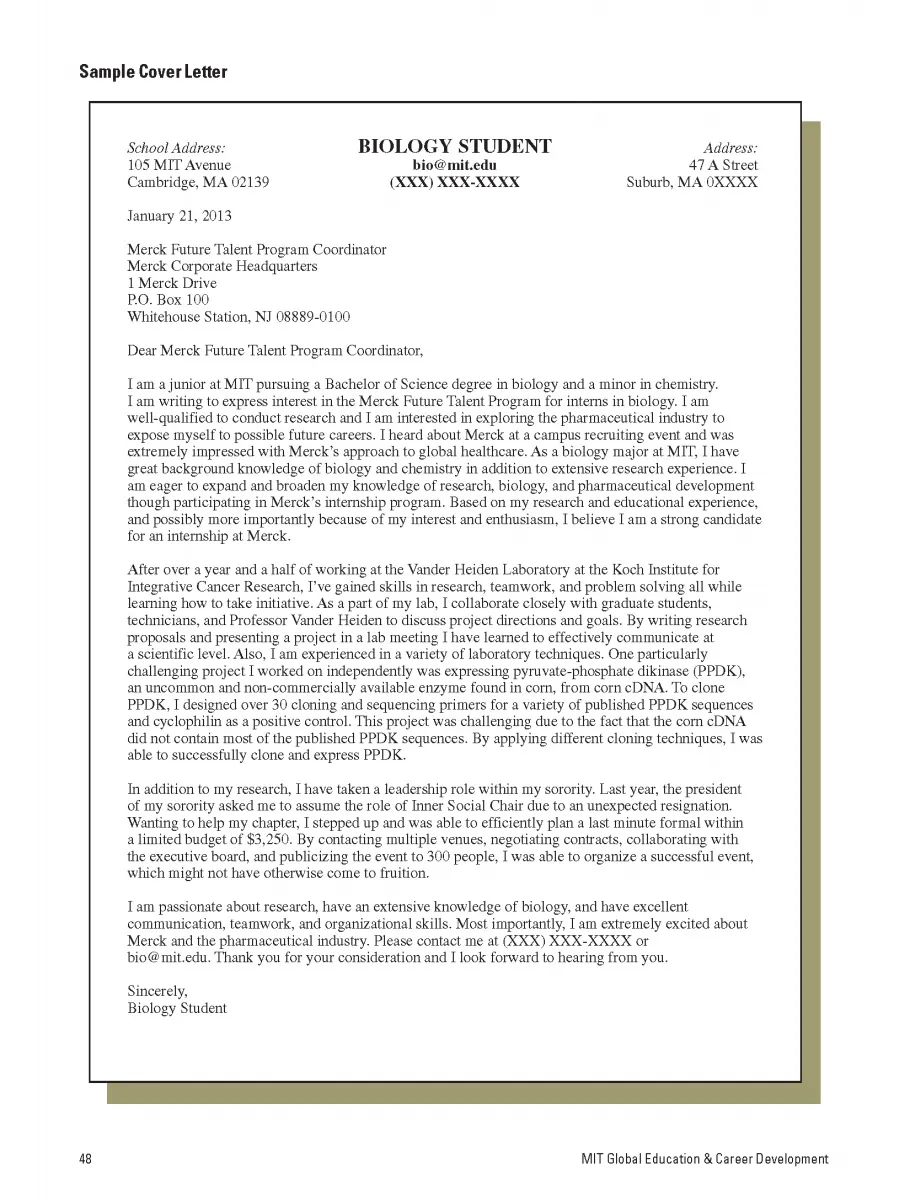
Finance cover letters must emphasize precision, analytical skills, and knowledge of financial regulations. Highlight your experience with financial modeling, budgeting, and forecasting. Demonstrate your attention to detail and your ability to manage financial data accurately. Include specific examples of how you’ve improved financial performance or mitigated financial risks in the past. Show your understanding of the financial industry and your commitment to ethical practices.
Cover Letter Examples for IT
IT cover letters should showcase technical skills, problem-solving abilities, and a passion for technology. Highlight your experience with relevant programming languages, software, and hardware. Describe your ability to troubleshoot technical issues and work effectively in a team. Emphasize your understanding of IT infrastructure, cybersecurity, and data management. Include examples of projects you’ve worked on and the results you achieved.
Essential Elements to Include
A successful cover letter includes key elements that capture the hiring manager’s attention and make a strong impression. These include proper contact information, a professional salutation, a compelling introduction, concise body paragraphs, and a confident closing. The structure of your cover letter is just as important as the content, so make sure to follow the standard business letter format.
Contact Information and Salutations
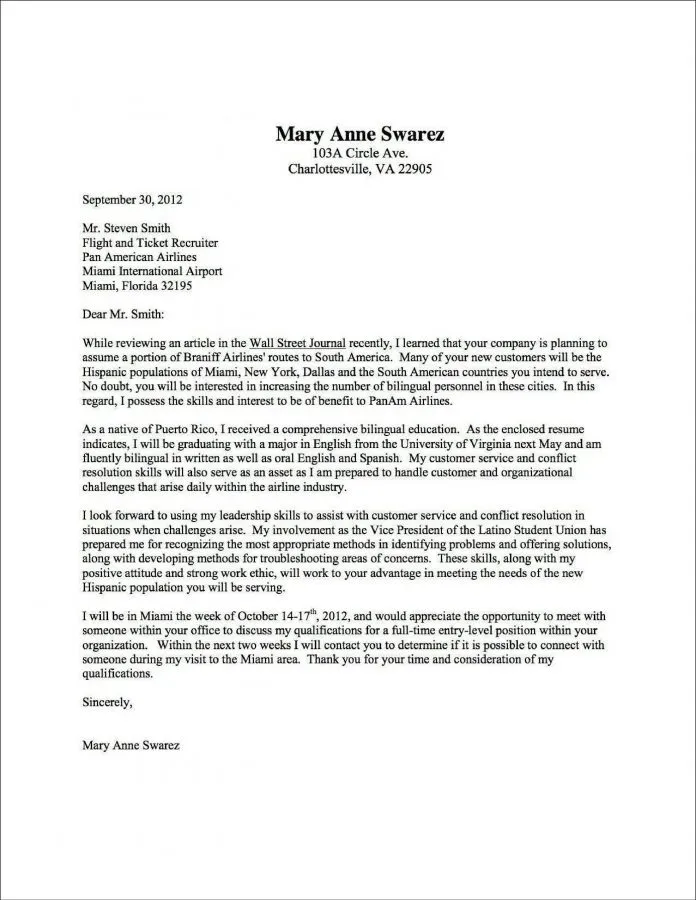
Begin your cover letter with your contact information, including your name, address, phone number, and email address. Then, address the letter to the hiring manager by name if possible. If you can’t find the hiring manager’s name, use a professional salutation like ‘Dear Hiring Manager.’ This shows that you have researched the company and are making a personal connection.
Body Paragraphs and Content
The body paragraphs should highlight your qualifications, skills, and experiences, and demonstrate how they align with the job requirements. Explain why you are interested in the specific role and the company. Use specific examples to showcase your accomplishments, quantifying your achievements whenever possible. The body should be concise, well-organized, and easy to read, highlighting your value proposition effectively.
Closing and Sign-off
Conclude your cover letter with a strong closing paragraph that reiterates your interest in the position and expresses your eagerness for an interview. Thank the hiring manager for their time and consideration. End with a professional closing like ‘Sincerely’ or ‘Best regards,’ followed by your typed name. Ensure your closing maintains the professional tone throughout the entire document.
Formatting and Design Tips
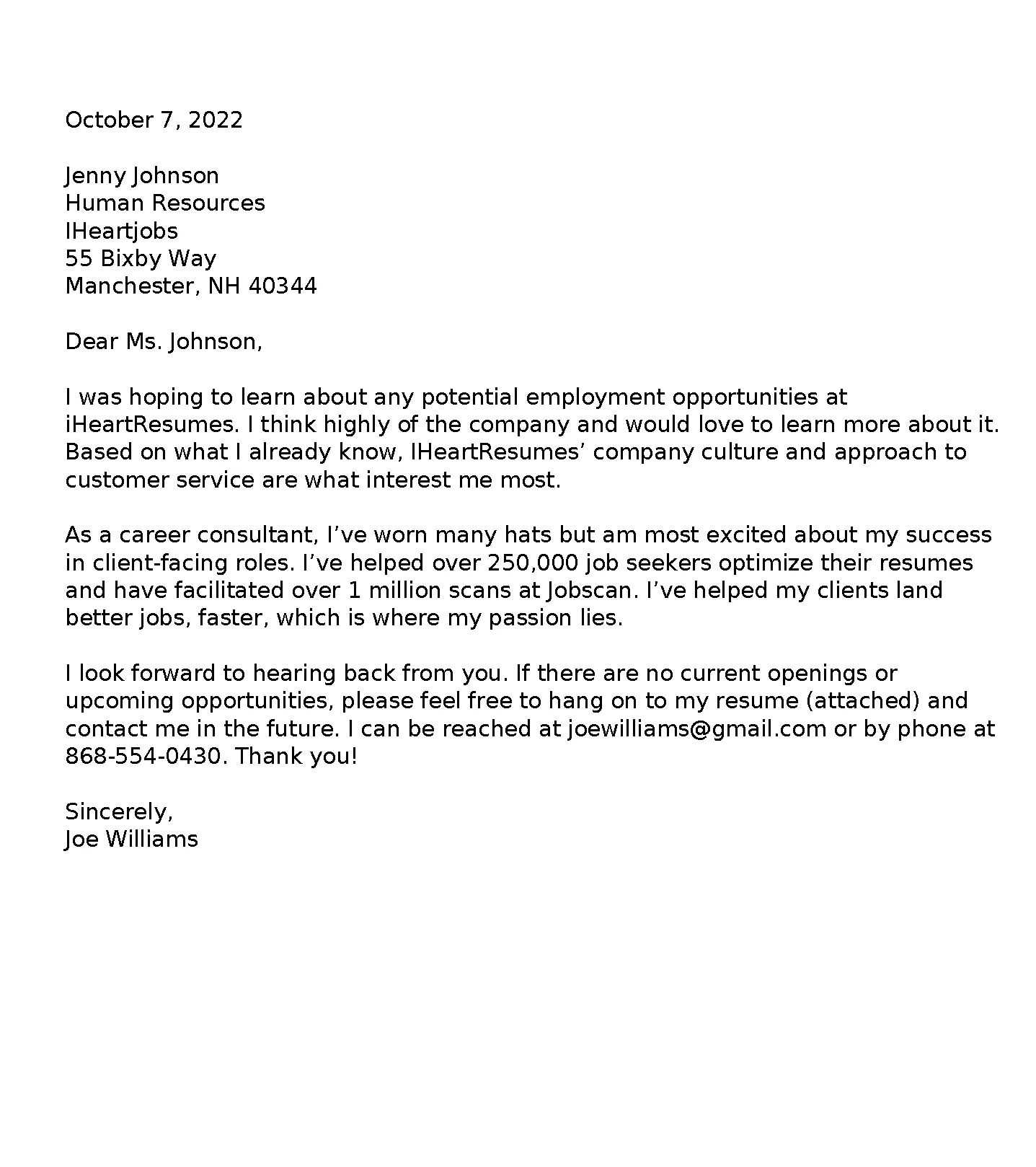
The formatting and design of your cover letter contribute significantly to its readability and overall impact. A well-formatted cover letter is easier to read and shows attention to detail, which is crucial for making a positive impression. Formatting includes the font, font size, and structure of the text, all of which affect the reader’s experience. Remember, it must look professional.
Font and Readability
Choose a professional and easy-to-read font such as Times New Roman, Arial, or Calibri. Use a font size of 11 or 12 points. Ensure the font is consistent throughout the document. Use clear headings and subheadings to break up the text and guide the reader’s eye. Proper formatting improves readability and shows you pay attention to detail.
Length and Structure
Keep your cover letter concise, ideally no more than one page. Use a standard business letter format with clear paragraphs and spacing. Structure your letter logically with an introduction, body paragraphs, and a conclusion. Use bullet points to highlight key skills and achievements if appropriate. A well-structured letter helps the hiring manager quickly grasp your key qualifications.
Proofreading and Editing
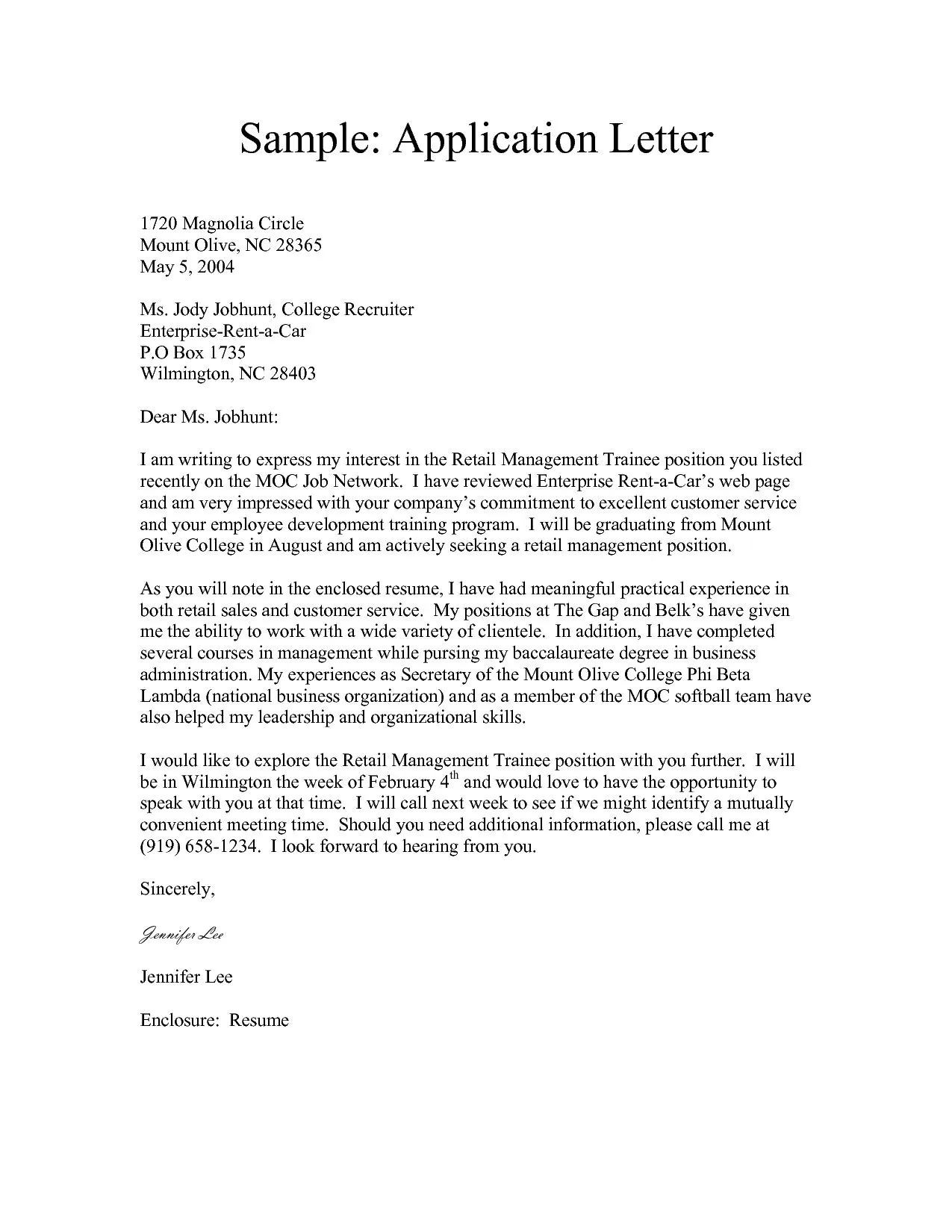
Thoroughly proofread and edit your cover letter for any grammatical errors, typos, or inconsistencies. Make sure the language is clear, concise, and professional. Consider having a friend or colleague review your letter to catch any errors you might have missed. Errors can damage your credibility and make a negative impression.
Common Mistakes to Avoid
Avoiding common mistakes can significantly increase the effectiveness of your cover letter. Many applicants make errors that detract from their applications and decrease their chances of getting interviews. Understanding and eliminating these common pitfalls are essential for creating a winning cover letter that impresses hiring managers.
Generic Templates and Phrases
Avoid using generic cover letter templates or phrases that don’t reflect your unique skills and experiences. Using generic content makes it difficult for you to stand out. Always personalize your cover letter to demonstrate your genuine interest in the specific role and company. Customize the letter to showcase your specific qualifications.
Typos and Grammatical Errors
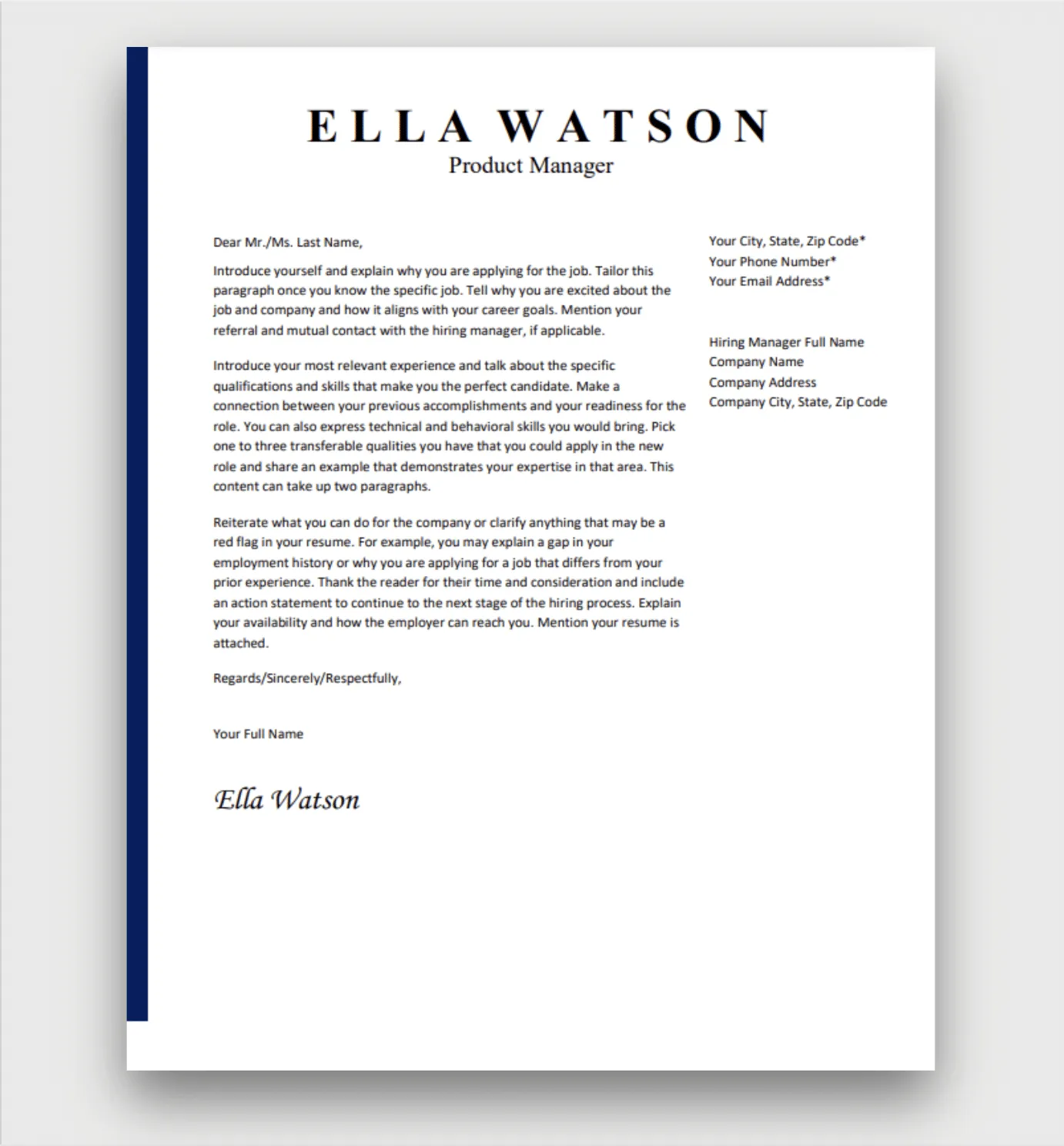
Typos and grammatical errors can undermine your credibility. Always proofread your cover letter carefully for any errors in spelling, grammar, or punctuation. Consider using grammar-checking software and having a friend or family member review your letter. Ensure that the document looks polished and professional.
Failing to Tailor to the Job
Failing to tailor your cover letter to the specific job requirements is a common mistake. Avoid sending a generic cover letter to every job you apply for. Customize your cover letter to highlight the skills and experiences that match the job description. Research the company and the specific role to demonstrate your interest and understanding. Showing your interest in the role increases your chances of getting an interview.
Resources and Templates
Leveraging available resources and templates can streamline the cover letter writing process. Various online platforms provide cover letter examples, templates, and writing guides that can assist you in creating a compelling cover letter. Choose examples that align with your industry and the specific job you are applying for. Use these resources to improve your letter.
Where to Find Cover Letter Examples
Numerous online resources offer cover letter examples for various industries and job positions. Websites like Indeed, LinkedIn, and career-focused blogs provide samples you can use as inspiration. Explore different examples to understand how to best present your qualifications and tailor your letter to the specific job. You can tailor them to your needs, but don’t copy them.
Using Online Templates Effectively
Online cover letter templates can save you time and provide a starting point for your letter. However, don’t simply copy and paste the template. Customize the template to reflect your unique skills, experiences, and the specific job requirements. Modify the template and make it your own, ensuring it showcases your individual value. Always edit the template to reflect your unique skills and the role you are applying for.
